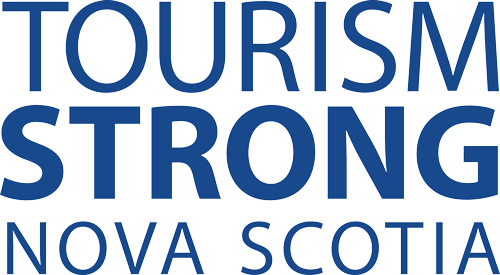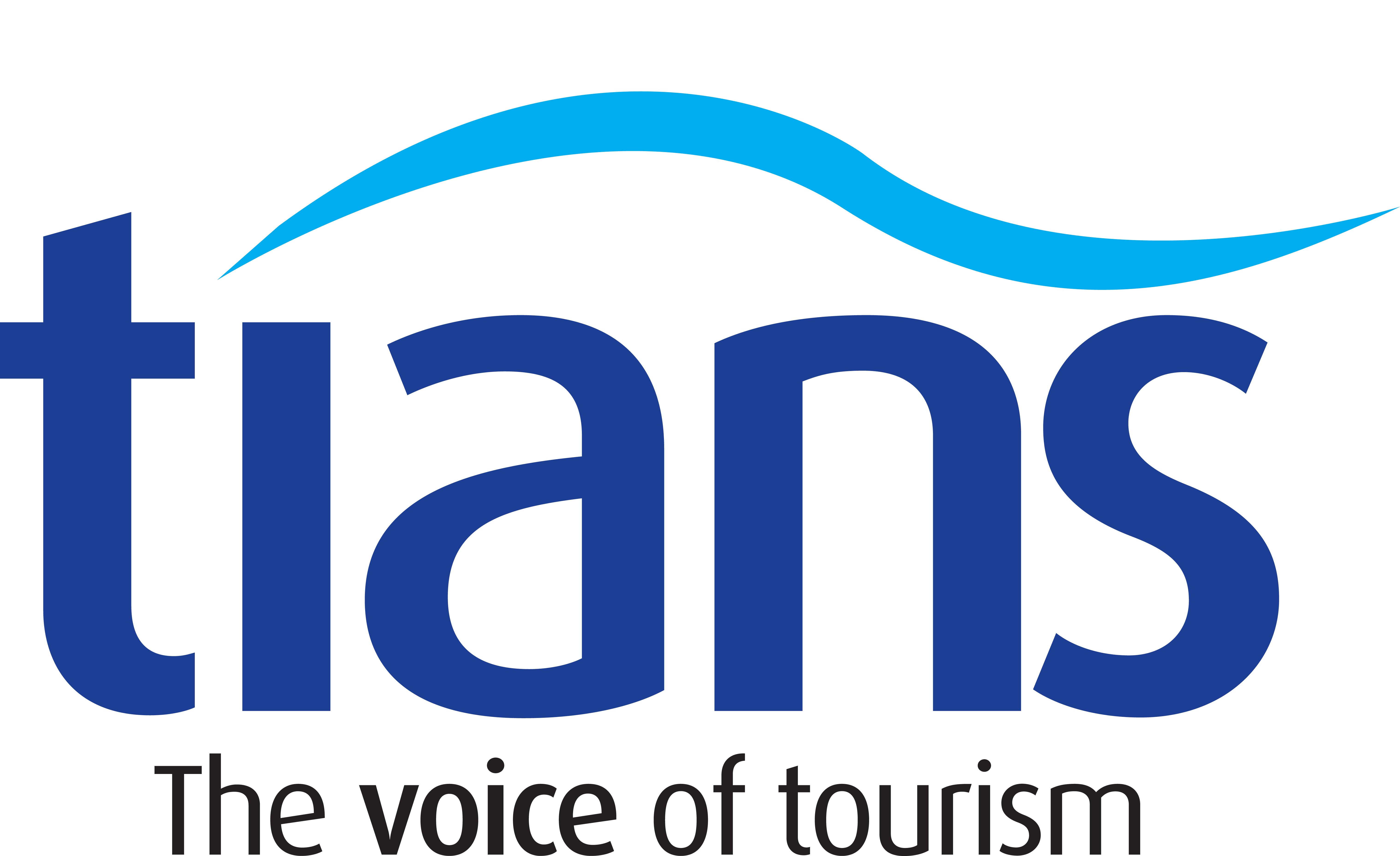Upated Labour Data from Tourism HR Canada – May 2021
Despite ongoing restrictions, tourism gained employment in May, adding 45,800 workers. There were gains in full-time employment offset to a degree by declines in part-time employment. Tourism employment increased in all provinces except for Nova Scotia, where employment fell by 2,200 jobs.
Seasonally unadjusted employment across all industries increased by 288,700. Once again there is a large discrepancy between the unadjusted and adjusted data. Despite these gains, the seasonally adjusted data shows an employment loss of 68,000. Essentially, because the economy did not add as many jobs as it usually does in May. Applying seasonal adjustments results in a decrease. The data collected was for the week of May 9th to 15th.
The seasonally unadjusted tourism unemployment rate decreased from 11.3% to 9.8%. In April the unemployment rate had dropped from 13.0% to 11.3%.
This will partially be due to the increase in employment. But our stakeholders should also be aware that Statistics Canada only links unemployed workers to their former industry for one calendar year. After that, they are counted as unclassified. Due to this the tourism unemployment rate—and by extension the unemployment rate for any industry—should be used with caution. The decreasing unemployment rate does not necessarily mean that tourism workers who have been unemployed for over a year have found a new job, or dropped out of the labour force.
There were a mix of employment gains and losses by industry this month.
| Industry Group | Employment Change | Full-time Employment | Part-time Employment |
| Accommodations | 900 | 700 | 200 |
| Food and Beverage Services | 24,600 | 34,300 | -9,600 |
| Recreation and Entertainment | 27,200 | 24,400 | 2,800 |
| Transportation | -6,300 | 3,300 | -9,600 |
| Travel Services | -600 | -1,400 | 800 |
Compared to last year there have been significant employment gains. Last May a few businesses that could were starting to reopen, but for the most part the economy was still shutdown. It will only be in June, and more so in July when comparing monthly data for 2020 and 2021 becomes useful.
Compared to May 2019, employment in all industry groups remains well below what it should be.
| Industry Group | Employment Change – May 2020 to 2021 | Percent Change May (2020 to 2021) | Employment Change – May 2019 to 2021 | Percent Change May (2019 to 2021) |
| Accommodations | 10,900 | 10.6% | -66,200 | -36.7% |
| Food and Beverage Services | 185,100 | 34.6% | -253,100 | -26.0% |
| Recreation and Entertainment | 60,600 | 18.6% | -120,300 | -23.7% |
| Transportation | 36,200 | 14.4% | -88,700 | -23.6% |
| Travel Services | 13,200 | 43.6% | -10,200 | -19.0% |
Bonus Data – Strong Indications of Labour Shortages this Summer
Our new data supports the argument that rural tourism businesses—especially those close to urban areas—will face labour shortages this summer (based on looking at employment levels for 2020 and 2021 and compared them to the same month in 2019).
Tourism employment is down in all regions. But some regions have recovered more than others. The rural areas connected to cities (CMAs) and larger towns (CAs) have done the best, followed by the fringe areas of CMAs/CAs. Fringe areas are the smaller towns/villages that are not directly attached to larger centres but are considered part of the census metropolitan area/census agglomeration. Greely would be an example. It is part of the Ottawa CMA but not directly attached to the main urban area.
One reason the rural areas attached to urban centres might see labour shortages this summer is because overall employment in those areas has fully recovered and exceeded employment levels in 2019. Core regions still have less employment than in 2019. Part of this may be because of people moving from urban cores to exurban areas. (Although we don’t have hard evidence but these areas have seen greater growth in their overall labour force than other regions, which helps bolster the argument.) The rural areas attached to cities and towns also have the lowest unemployment rate of any region (5.9%). As of April, the overall unemployment rate was 8.4%. To sum up, the rural areas have seen the greatest recovery of tourism employment, employment across all industries has exceeded pre-pandemic levels, and the unemployment rates indicates that there is less slack the labour market of these regions.
For much more information on labour trends and projections, check out the Employment Tracker Tool: Tourism Employment Tracker (tourismhr.ca)

